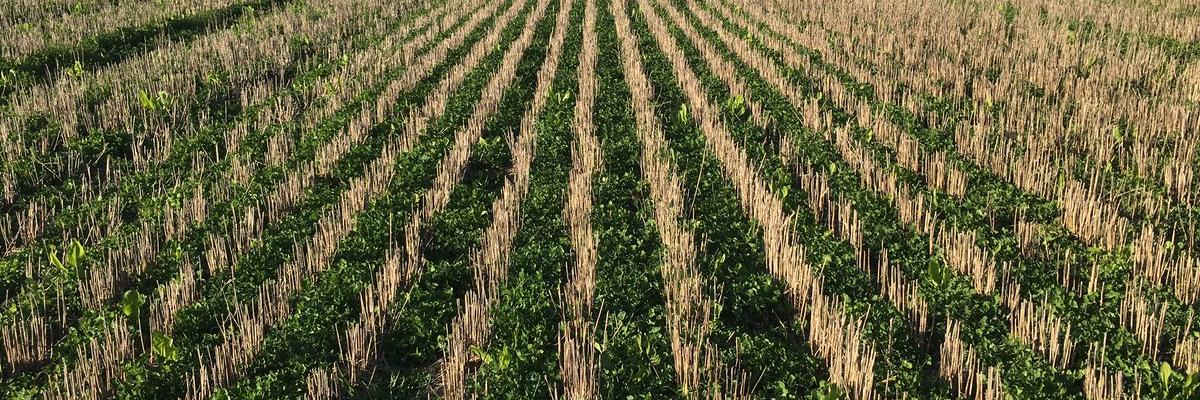

The four principles of weed control in organic growing
The future of agroecological weed management
The future of agroecological weed management
Watch the video
Resource explained:
Footage recorded at the Oxford Real Farming Conference (ORFC) 2020 session on 'The future of agroecological weed management.' Mike Mallett of Maple Farm Kelsale shares some insights into agroecological approaches to weed management he is implementing on his diverse arable / livestock / horticulture 350 acre organic farm in Suffolk.
Findings & recommendations:
Mike talks about four simple principles of weed control:
- Burying or smothering (everything from a spade to a plough). This is one of the simplest ways; good at killing annuals but not the best way to deal with perennials. It can also bring other weed seeds up to the surface.
- Sun - applies to everything from hand weeding through to most types of mechnical weeding and includes thermal mulching (which he says is the best and most powerful weed control in organics!). Most mechanical weeding systems benefit from the sun helping to dehydrate the weeds after they have been pulled up, killing them before they recover.
- Frost - kills annuals, lowers soil temperature beyond which most weeds can germinate.
- Competition - outcompeting weeds has the most potential as a method. It leads to minimum man hours, less tillage, less field being used (with more plants per square metre), and a better carbon footprint. Many combinations can be used (intercropping, bicropping, companion cropping...) as long as plants are complimentary to each other. He also suggests growing more vigorous crop varieties - which may well have allelopathic properties.
It's about using all the principles at the right time to keep things in balance, and not about being totally weed free, but giving the crop the upper hand as much as possible.
Header image shows an example of intercropping (credit: John Pawsey)
Summary provided by:
Janie Caldbeck
